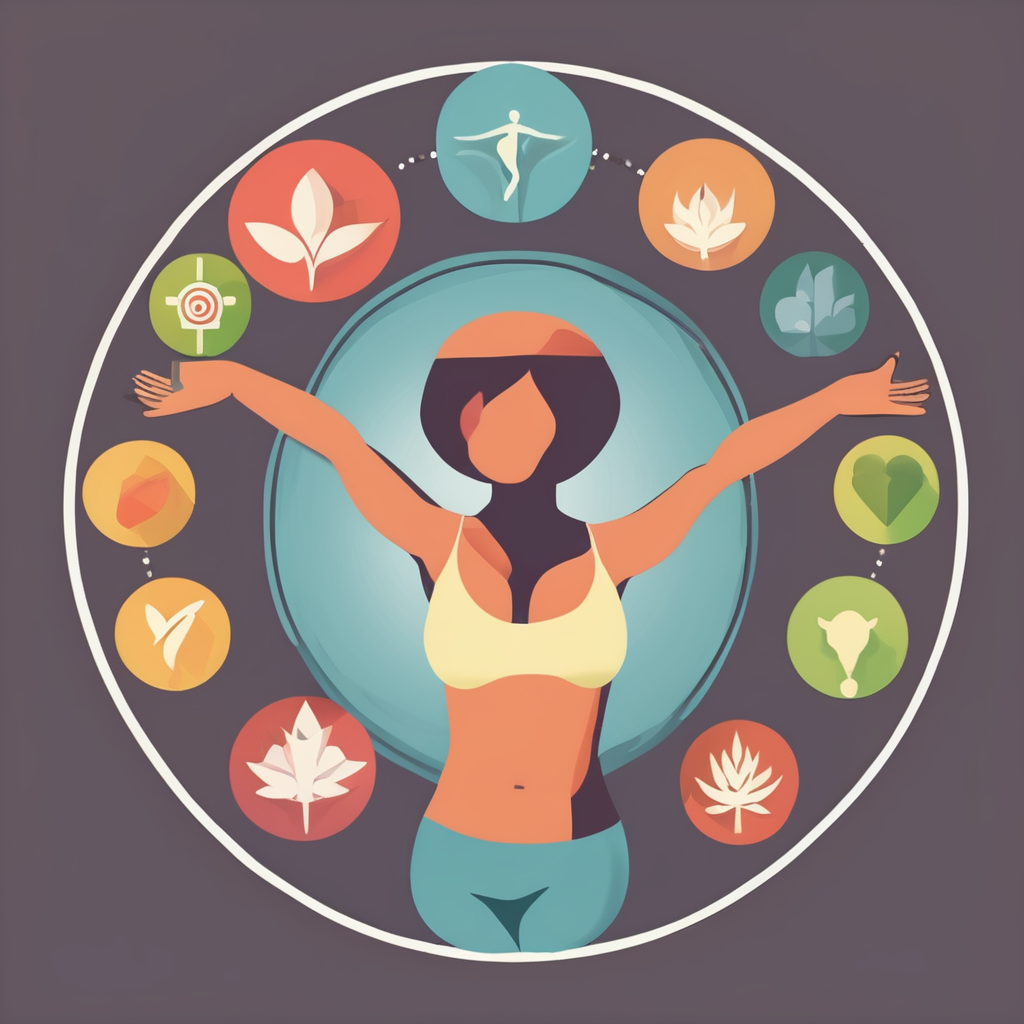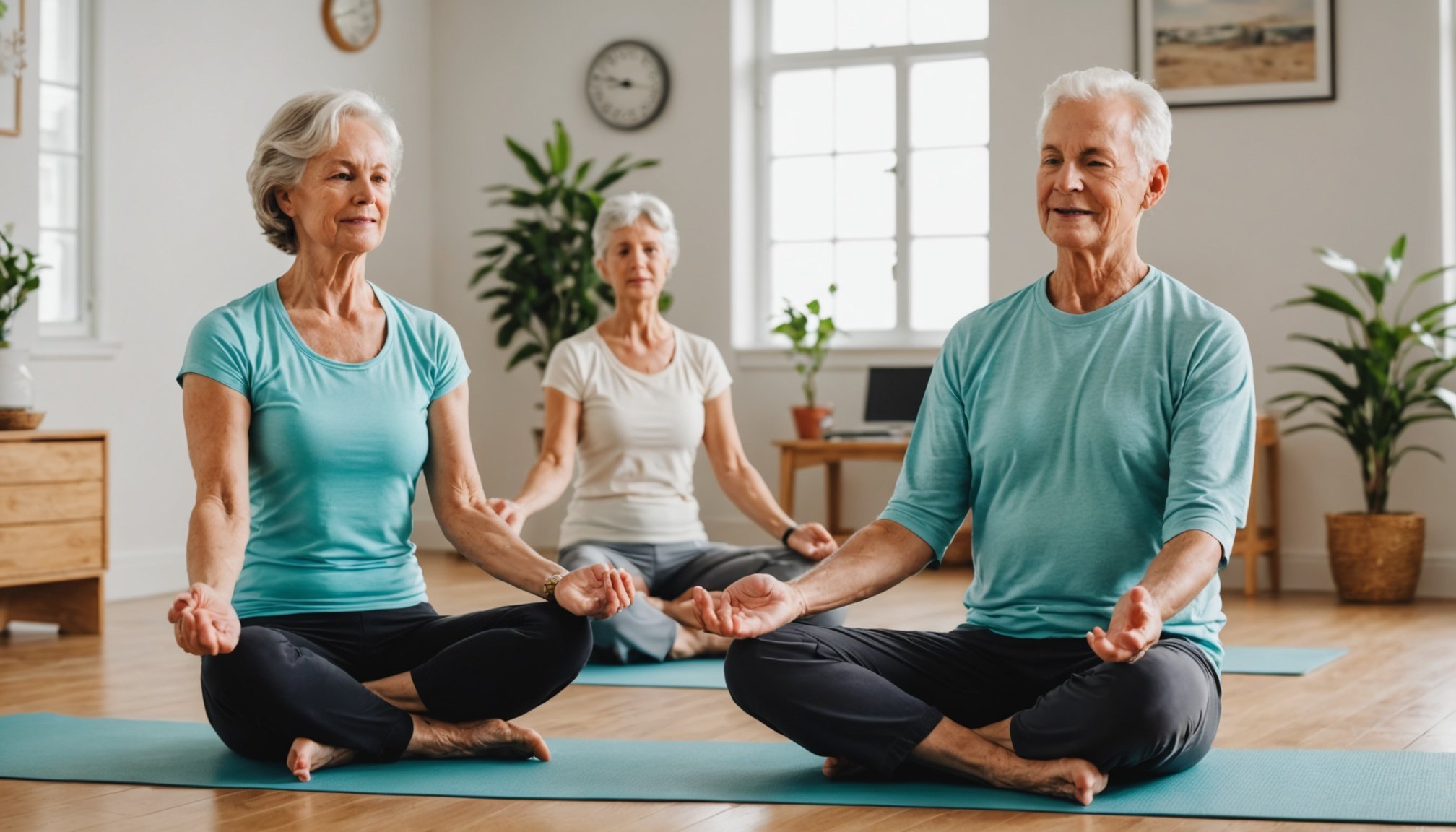Understanding Limited Mobility in Seniors
For seniors, limited mobility significantly influences their day-to-day activities and overall physical health. It typically refers to the restricted ability to perform everyday movements such as walking, climbing stairs, or getting in and out of a chair. These limitations can stem from various health conditions, including arthritis, osteoporosis, Parkinson’s disease, and the aftermath of strokes. The decline in strength, balance, and flexibility further exacerbates mobility challenges, making routine tasks daunting.
Accessibility becomes a paramount concern for seniors facing these limitations. Modifying living spaces to include features like grab bars, stairlifts, and ramps can alleviate some of the physical obstacles they encounter daily. Additionally, embracing mobility aids such as walkers and wheelchairs can empower seniors to maintain a semblance of independence.
Also to see : Exploring the Impact of Lighting on Emotional Well-Being in Seniors Facing Depression
Incorporating yoga practices into seniors’ routines can also significantly benefit those with limited mobility. Gentle yoga focuses on improving flexibility and balance, essential factors in maintaining mobility. However, it’s crucial to adapt these practices to the individual’s ability, ensuring movements are accessible and do not exacerbate existing health issues. Through tailored yoga routines, seniors can potentially enhance their physical health and quality of life, promoting a greater sense of autonomy and well-being.
Benefits of Yoga for Seniors
As seniors embrace yoga, they discover a multitude of benefits for both physical and mental well-being. Yoga offers unique advantages in enhancing physical health. Many seniors experience improved flexibility, which often diminishes with age, through regular practice. This increased flexibility not only eases everyday movements but also improves balance and stability, significantly reducing the risk of falls. Additionally, incorporating yoga into a routine can build strength, focusing on gentle poses that suit varied levels of ability.
Also to discover : Unlocking Emotional Wellness: A Senior”s Guide to the Power of Journaling
The mental health benefits of yoga are profound. For seniors, engaging in yoga can greatly alleviate stress, promoting a calmer and more relaxed state. Techniques such as controlled breathing and mindfulness contribute to an enhanced mood, fostering a sense of peace and contentment. More intriguingly, yoga can support cognitive function, helping to maintain memory and mental acuity.
Furthermore, the social aspect of yoga cannot be understated. Participating in group classes or community yoga sessions enhances social engagement, allowing seniors to connect with peers, share experiences, and form valuable support networks. This communal involvement fosters a sense of belonging, crucial for emotional health. Whether practiced alone or in a group, yoga offers a comprehensive approach to nurturing physical health, mental wellness, and social connections.
Safe Yoga Practices
Embarking on a yoga journey can be particularly beneficial and rewarding for seniors, but safe yoga practices are paramount in ensuring a healthy experience. Ensuring a session starts and ends well is crucial—always remember the significance of warming up and cooling down. Warming up increases flexibility and reduces the risk of strains, while cooling down aids in the transition back to a resting state and helps in injury prevention.
Utilising props can vastly enhance a senior’s yoga session. Yoga blocks, straps, and chairs are often recommended for this purpose. These tools provide support and stability, accommodating physical limitations and enhancing poses without overstressing. Importantly, recognising when a modification is needed is key. For instance, if a posture causes discomfort or strain, adjusting the stance or using a prop can make a significant difference.
Listening to one’s body is a fundamental principle in yoga, especially for seniors. Be mindful and responsive to signs of fatigue or pain. Practitioners should always focus on comfort, and it’s perfectly acceptable to skip a pose that doesn’t feel right. By blending these safe yoga practices with regular routines, seniors can enjoy the mental and physical benefits of yoga without compromising their well-being.
Accessible Yoga Poses
Accessible yoga is a practice that ensures everyone can enjoy the benefits of yoga, regardless of physical ability or experience level. With a focus on modifications, it provides several ways to dive into the practice safely and comfortably.
Chair Yoga Techniques
Chair yoga offers a unique way to engage in yoga by using a chair as support. This technique is especially beneficial for individuals with limited mobility or balance concerns. By incorporating chair yoga, practitioners can perform various poses without the need to move to the floor, making it an inclusive option for seniors or those recovering from injuries. Practicing postures such as Seated Cat-Cow or Chair Warrior can improve flexibility and strength while maintaining safety and comfort.
Gentle Poses for All
Gentle yoga features softer poses to cater to individuals who require a slower-paced practice. These accessible yoga poses, like Gentle Twist or Easy Mountain, focus on breathing and gentle stretching, improving mobility without causing strain. This approach acknowledges each individual’s unique body needs, encouraging practitioners to listen to their bodies and modify as needed.
Floor-based Modifications
When it comes to floor-based yoga, modifications can make a significant difference. By using props like bolsters, blocks, or blankets, enthusiasts can adapt poses to suit their comfort levels. For instance, during a floor sequence, Supported Bridge can be performed with a bolster under the back, allowing individuals to achieve the benefits of the pose gently and accessibly.
Creating a Home Yoga Environment
Establishing a dedicated home yoga space provides a comfortable and accessible setup for regular practice. To create an inviting environment, consider a quiet area with ample natural light, and a stable surface, like a yoga mat, for safety. A mirror can be added for form checks, ensuring correct posture.
Recommended Props and Equipment
For seniors, it is particularly important to include props that enhance safety and promote ease of movement. A supportive chair can be useful for seated poses or balance exercises. Blocks, straps, and cushions offer additional support, facilitating deeper stretches and preventing strain.
Online Resources and Platforms
Numerous online resources provide accessible yoga sessions tailored for different skill levels. Websites and applications such as Yoga With Adriene, Glo, and Daily Burn offer diverse routines, from beginner to advanced, accommodating various physical capabilities. These platforms often include video demonstrations, ensuring proper alignment and technique.
By leveraging these resources, individuals can maintain a consistent and enjoyable home practice, ultimately enhancing their overall well-being. Whether starting from scratch or refining an existing regimen, the right environment, equipment, and guidance make yoga both achievable and beneficial for everyone.
Community Resources for Seniors
In the quest for enhanced well-being, senior yoga classes offer tailored experiences for those with limited mobility. These classes can be found through local community centers and gyms. Many establishments now offer sessions specifically designed to accommodate seniors, ensuring that everyone can participate regardless of their physical abilities.
Additionally, exploring community resources can open doors to online communities and forums. These platforms provide a space for seniors to connect, share experiences, and find mutual support. Engaging in these online environments can be as rewarding as attending physical classes, offering flexibility and a sense of belonging.
Furthermore, beyond the physical benefits of practicing yoga, the importance of maintaining social interaction cannot be overstated. Participation in support groups fostered within these environments can significantly boost emotional well-being and help seniors combat loneliness.
Local classes also frequently offer a range of activities beyond yoga, such as workshops or events that encourage socialising. The blend of physical activity and community engagement in senior yoga classes contributes to a more holistic approach to health, nurturing both body and mind.
This interconnectedness through yoga and its associated resources underscores the value of such communal efforts for seniors’ overall health and happiness.
Success Stories and Testimonials
Practicing yoga has transformed lives in remarkable ways, particularly for seniors who have embraced it.
Seniors practicing yoga have shared countless success stories. These narratives emphasize not only physical health improvements but also significant lifestyle changes. Testimonials abound with accounts of better flexibility, increased strength, and improved balance. A 72-year-old woman, for instance, praised yoga for enabling her to pursue activities she hadn’t done in years, reaffirming the notion that age is just a number.
Health improvements are frequently highlighted in these success stories. Many seniors report lower blood pressure, enhanced respiratory function, and diminished joint pain. These testimonials are often centred on a holistic enhancement in quality of life, with yoga playing a pivotal role.
Engaging stories of transformation inspire new practitioners every day. Dominic, a 68-year-old retiree, attributed his newfound zest for life to yoga, narrating an inspiring journey from sedentary living to daily practice. His testimonial underscores yoga’s potential to catalyse mood elevation and social engagement, illustrating its multifaceted benefits.
These narratives serve as powerful motivation, encouraging others to explore yoga as a means to reclaim health and vitality. The stories not only enhance practitioner trust but also foster a supportive community for seniors facing similar challenges.











